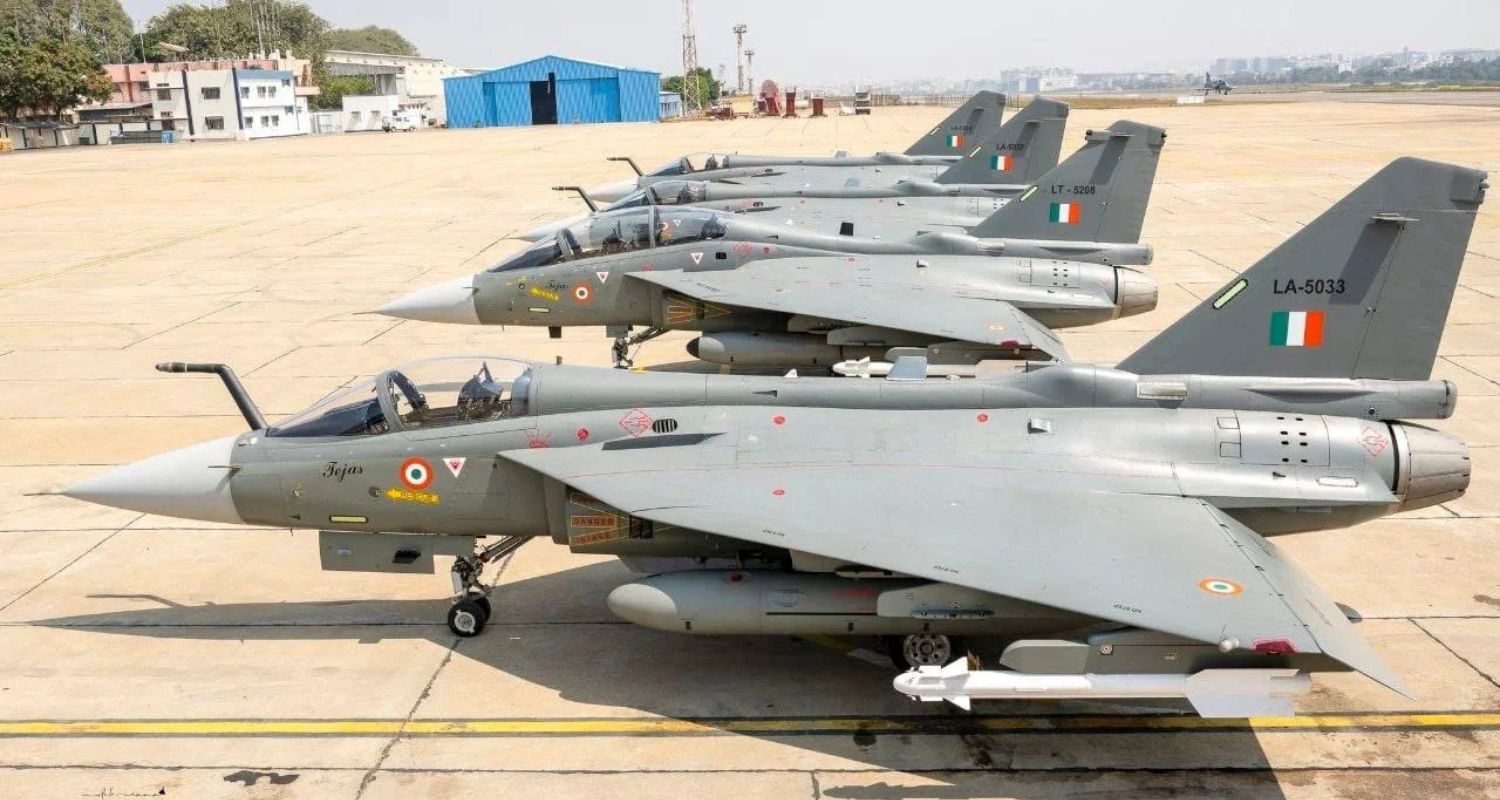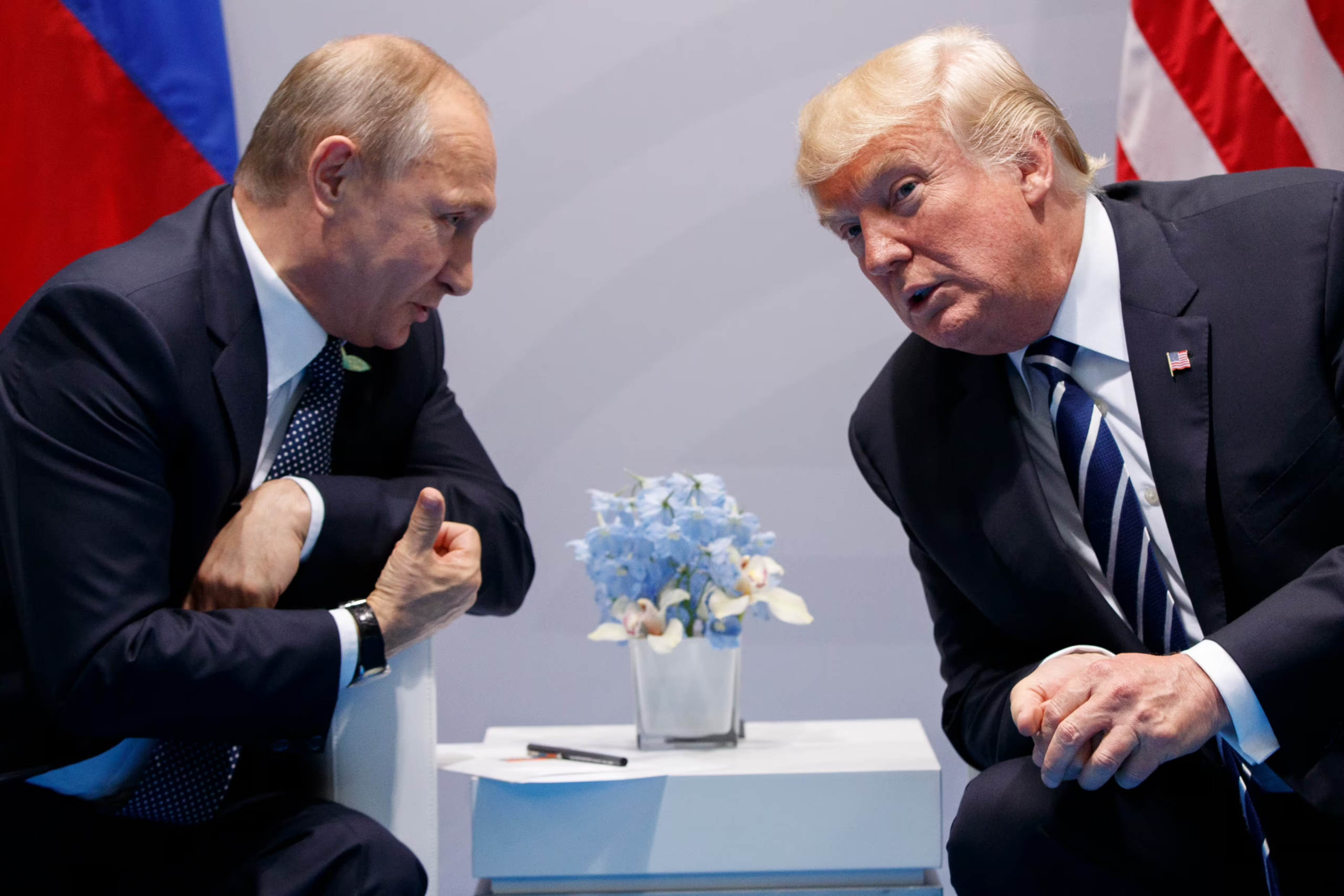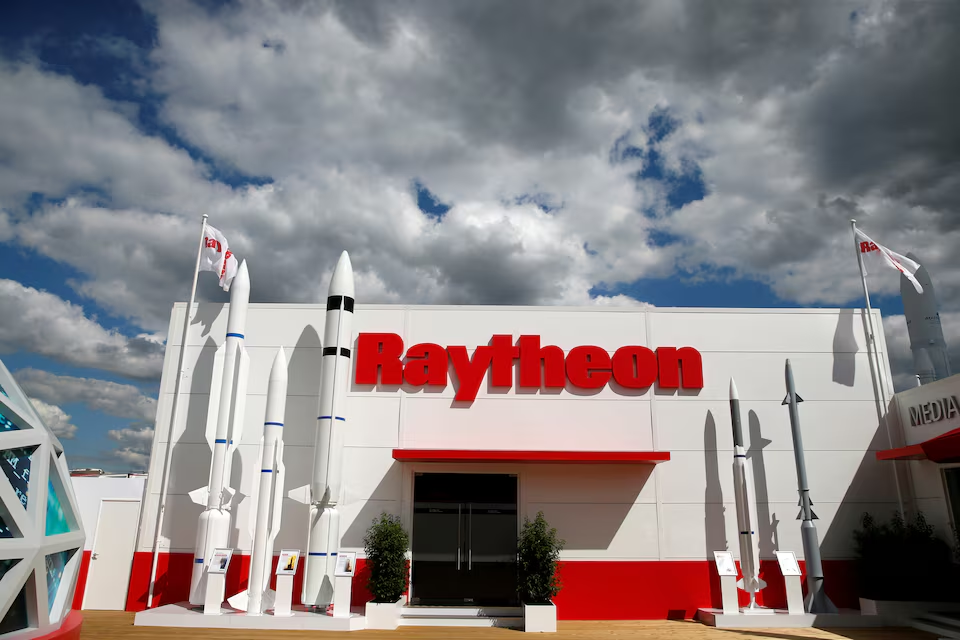
The geopolitical landscape of South Asia and the Indo-Pacific region is experiencing a significant transformation, driven by robust defence collaborations between India and the United States. Among the most noteworthy developments is the accelerated progress in the supply chain and procurement processes for India’s domestically developed Tejas fighter aircraft, particularly concerning its powerful and sophisticated engines. This collaboration not only strengthens the operational capabilities of the Indian Air Force but also exemplifies the deepening strategic partnership between the two nations.
Historical Context: From Cooperation to Strategic Partnership
For decades, India’s defence modernization efforts have been intertwined with global partnerships. Traditionally, India relied heavily on Russia for its military hardware, but recent years have seen a pivot toward more diversified suppliers and, crucially, collaborative development. The United States, with its advanced aerospace technology, has become a key partner in these efforts.
The development and induction of the Tejas Light Combat Aircraft (LCA) is a testament to India’s indigenous defence ambitions. However, the engine powering Tejas — originally a development of the GE F404 series — has become central to India’s strategic calculus, especially under the recent “Make in India” and “Atmanirbhar Bharat” initiatives.
Recent Developments: Fast-Tracking Engine Supply and Orders
Enhanced Defence Dialogue and Strategic Agreements
According to the latest reports from newsarenaindia.com, Indian and American defence officials have engaged in high-level talks emphasizing the acceleration of Tejas engine supply. These discussions are part of broader bilateral efforts to enhance technological cooperation and streamline procurement processes.
The talks have culminated in agreements that are designed to fast-track the procurement of advanced jet engines, thereby reducing manufacturing lead times and ensuring the Indian Air Force’s fleet attains higher operational readiness. This move aligns with India’s increasing focus on self-reliance, complemented by strategic imports and licensed production arrangements.
Key Highlights of the Collaboration
- Accelerated Engine Delivery: US aerospace manufacturers are now committed to fast-tracking engine supplies, ensuring that production bottlenecks are eliminated.
- Expanding Order Volumes: India is set to place larger orders for these advanced engines, securing a steady supply for the Tejas fleet and potentially other Indian military platforms.
- Technology Transfer and Co-Development: Discussions also include potential technology sharing, enabling Indian industry to participate more actively in the assembly and maintenance of these engines.
- Joint Manufacturing Initiatives: There is a strategic push to establish joint manufacturing hubs, which could serve as global centres for fighter jet engine production.
The Significance of This Collaboration
Enhancing Operational Capabilities
The immediate benefit of fast-tracking engine supply is a dramatic boost in the operational readiness and endurance of the Tejas fleet. These powerful engines, such as the GE F414, provide higher thrust, better fuel efficiency, and advanced avionics integration, enabling Tejas to undertake a versatile range of missions including air superiority, ground attack, and reconnaissance.
Moreover, modern engines facilitate the integration of cutting-edge technology such as stealth features and advanced weapon systems.
Strategic and Diplomatic Implications
This level of cooperation signifies a deepening strategic alliance. The collaboration beyond mere purchase agreements into joint manufacturing and technology sharing indicates mutual trust and a shared vision for regional stability. It also sets a precedent for future defence projects, such as fighter jets, naval vessels, and missile systems.
Enhanced US-India ties in defence are viewed as a counterbalance to regional security challenges, including China’s expanding military capabilities and the persistent threat from terrorist insurgencies.
Impacts on India’s Defence Ecosystem
The collaboration is expected to stimulate India’s aerospace industry, opening pathways for indigenous innovation, skill development, and technology absorption. Indian defence firms are gaining exposure to advanced manufacturing processes and quality standards, which could catalyze the domestic aerospace sector.
Additionally, this partnership encourages the growth of a resilient defence industrial base, vital for India’s strategic autonomy.
Future Prospects: Broader Defence Ecosystem Strengthening
The Tejas engine supply agreement is part of a larger trajectory where the US and India aim to forge a comprehensive defence partnership. This includes co-development projects such as:
- Next-generation fighter aircraft
- Advanced missile defence systems
- Unmanned aerial vehicles (UAVs)
- Cybersecurity and space capabilities
The collaborative efforts are expected to extend beyond aircraft, integrating shared training, intelligence sharing, and joint military exercises.
Challenges and Considerations
While the progress is promising, certain challenges persist:
- Technological Complexity: Developing and integrating high-performance engines involves complex technological processes that require sustained investment.
- Supply Chain Logistics: Ensuring a robust and secure supply chain amid geopolitical uncertainties remains critical.
- Intellectual Property and Technology Security: Balancing technological sharing with security interests is paramount to prevent intellectual property theft.
Conclusion: Strategic Leap Forward
The fast-tracking of the Tejas engine supply and the increase in orders mark a significant milestone in India-US defence relations. This collaboration not only bolsters India’s indigenous fighter capabilities but also reinforces the broader strategic alliance between the two nations. Such partnerships are vital in shaping a balanced and secure Indo-Pacific region, ensuring that regional security remains resilient amid evolving geopolitical dynamics.
Looking ahead, continued cooperation and innovation will be key in addressing future defense challenges, making India a formidable force and a reliable partner on the global stage.
For more updated news please keep visiting Prime News World.








